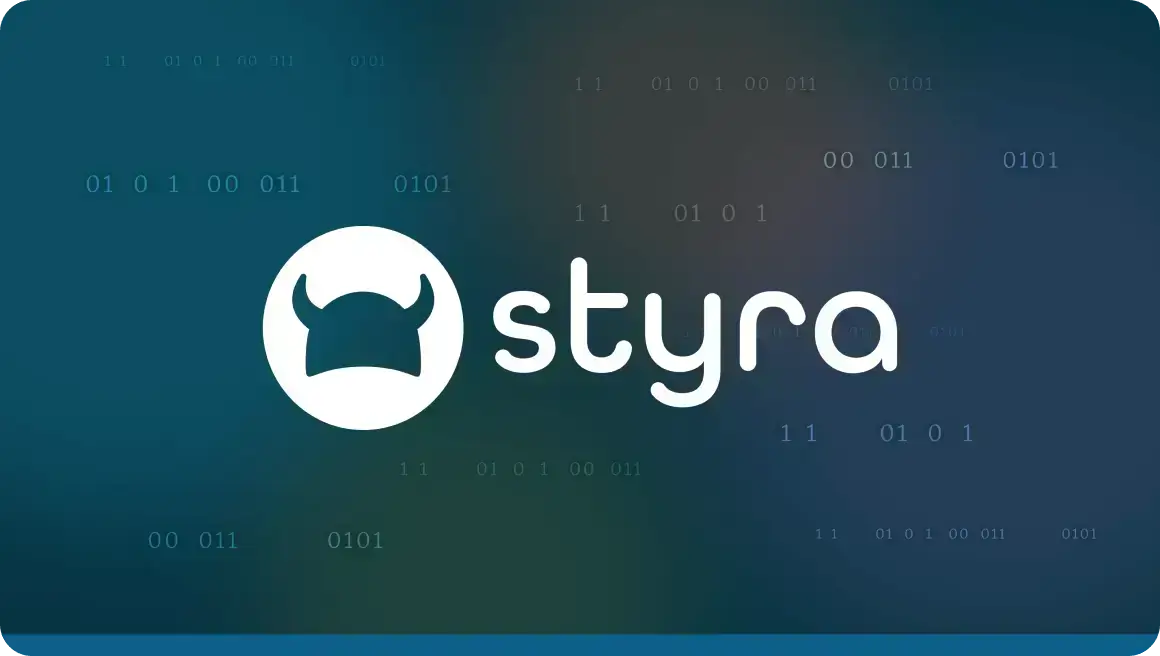What Is Cloud Native Security?

Eric Kao
Cloud native security is the practice of securing applications and infrastructure built and deployed using cloud native technologies, such as containers, microservices, serverless functions and orchestration platforms. Cloud native security aims to protect the entire lifecycle of cloud native applications, from development to deployment to production.
Traditional security approaches, based on monolithic architectures and perimeter-based defenses, are not suited to the cloud. Cloud native security requires a shift in mindset and the right tools to address the dynamic, distributed and ephemeral nature of the cloud native ecosystem.
This post discusses cloud native security, its challenges, best practices and the security tools needed to achieve it.
The “4 Cs of cloud native security” framework
The 4Cs of cloud native security are cloud, cluster, container and code. It is a defense-in-depth approach to protecting cloud native systems and applications.
Each layer of protection builds upon the next in this model. A secure base layer of cloud, clusters and containers benefits the code layer, but not the other way around. Pushing out secure code, for instance, will not generally help prevent breaches at the cloud or cluster level.
Cloud
Security at the cloud layer involves:
- Ensuring that the cloud provider has robust security controls and compliance certifications.
- Configuring cloud resources according to best practices.
- Maintaining observability to monitor and respond to potential threats.
- Protecting data and resources from unauthorized access.
- Implementing cloud-native services and tools, such as identity and access management (IAM), firewalls, and key and secret management.
Cluster
Developers deploy and run containers on a cluster of nodes managed by an orchestration system such as Kubernetes. To secure the cluster layer, you must:
- Ensure that the cluster is configured securely.
- Have strong authentication and authorization mechanisms in place.
- Limit the capabilities and privileges of containers in the cluster.
- Enforce network policies and segmentation.
- Monitor and audit activity and events.
Container
Containers are lightweight, portable packages containing application code. Secure this layer by:
- Using container images only from trusted sources.
- Constructing and deploying containers with the security principle of least privilege in mind.
- Implementing runtime protection, such as monitoring container activity, enforcing policies and detecting anomalies.
- Establishing all endpoints and only exposing the ports needed for communication and data gathering.
Code
To secure the application code, follow these best practices:
- Encrypt communication among services and applications, for example by using mutual transport layer security (mTLS).
- Scan third-party libraries for vulnerabilities.
- Implement software development best practices, such as code reviews, static analysis, version control and continuous integration and delivery (CI/CD).
Join Styra Academy to learn more about securing cloud native platforms like Kubernetes and Terraform.
Challenges of cloud-native security
In a CloudBolt report, 72% of respondents admitted that their company moved to the cloud prematurely, without the necessary skills and awareness to deal with the complexities of cloud native development. Challenges organizations face when securing cloud native systems include:
Visibility
Cloud native applications generate a large amount of data and events across multiple platforms and systems. Security teams must have a holistic view of the entire cloud native environment, including the network, the hosts, the containers, the orchestration tools and the application code. They also need to be able to detect and respond to anomalies and threats in real time.
In addition, traditional monitoring tools are inadequate for monitoring cloud native ecosystems. These tools were designed for static on-premises systems and do not adapt well to the multi-cloud dynamic cloud native ecosystem.
Attack surface management
Cloud native applications may have multiple dependencies and components, which can introduce vulnerabilities and risks. Security teams need to be able to identify and prioritize the vulnerabilities in the cloud native environment and remediate them as soon as possible. Frequent changes can introduce new vulnerabilities or expose existing ones that were previously hidden or mitigated.
Cloud native applications also often use open-source components or third-party libraries with unknown or unpatched vulnerabilities or even malicious code. As per IBM, 19% of all data breaches in 2022 were caused by compromised business partners.
Compliance
Another challenge of a cloud native security model is ensuring compliance with internal and external policies and regulations. Cloud native applications often involve decentralized teams, tools and processes, which can introduce inconsistencies and gaps in security controls and standards.
Cloud native applications also handle sensitive data subject to strict privacy and security requirements, such as GDPR or HIPAA, making continuous and automated compliance checks necessary. Adding these checks to cloud native development increases overhead costs. According to Globalscape, meeting compliance requirements can cost organizations an average of $5.5 million.
IAM and policy enforcement
Cloud native architectures involve multiple actors and roles, each with specific permissions and responsibilities for accessing and modifying resources and data. Cloud native security solutions must implement a consistent and scalable IAM framework that supports authentication, authorization, auditing, and governance across the cloud native stack.
Cloud native security: Best practices
Here are a few recommendations for organizations seeking to secure their cloud native platforms, infrastructure and applications:
Adopt a culture of DevSecOps
DevSecOps is a practice of integrating security into all stages of software development. According to a Coalfire report, only 32% of companies have fully incorporated security into DevOps processes.
DevSecOps enables continuous security testing, monitoring and feedback throughout the software lifecycle and collaboration and communication among developers, operators and security teams. DevSecOps also promotes a shift-left approach, where security issues are identified and resolved as early as possible in the development process.
Enforce least privileged cloud native security access controls
The principle of least privilege states that every user, process and service should have the minimum level of access and permissions required to perform their tasks. This practice reduces the attack surface and the potential impact of a breach.
Provide security for multiple layers and components
The cloud native stack includes containers, orchestration platforms, service meshes, microservices, serverless functions and cloud provider APIs. Each layer and component has its own security challenges and requirements. Orchestration platforms, for example, should be configured securely, authenticated with mutual TLS, audited for compliance and protected from unauthorized access.
Request a demo with one of our team members to discover the full benefits of Styra’s cloud-native security solution.
Frequently asked questions
What are cloud native security tools?
Cloud native security tools are designed to protect cloud-based environments and workloads at different levels, such as identity and access management, network security, logging and encryption.
What is the difference between cloud native and cloud-based applications?
Cloud native applications are designed from the ground up to take advantage of the cloud’s scalability, resilience and automation. Cloud-based applications are traditional applications that are migrated or hosted in the cloud without significant changes. They may not fully leverage the cloud’s features and benefits.
